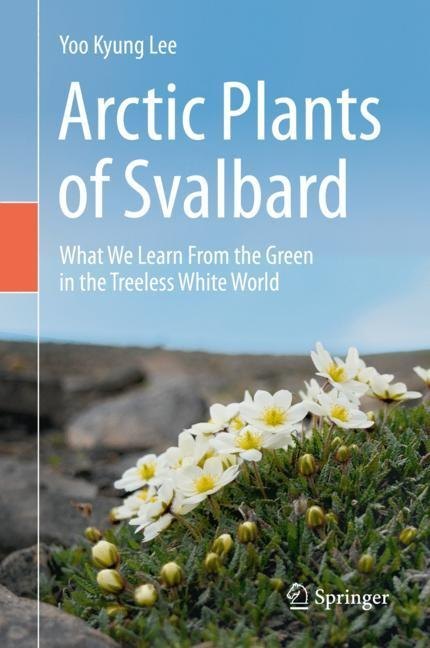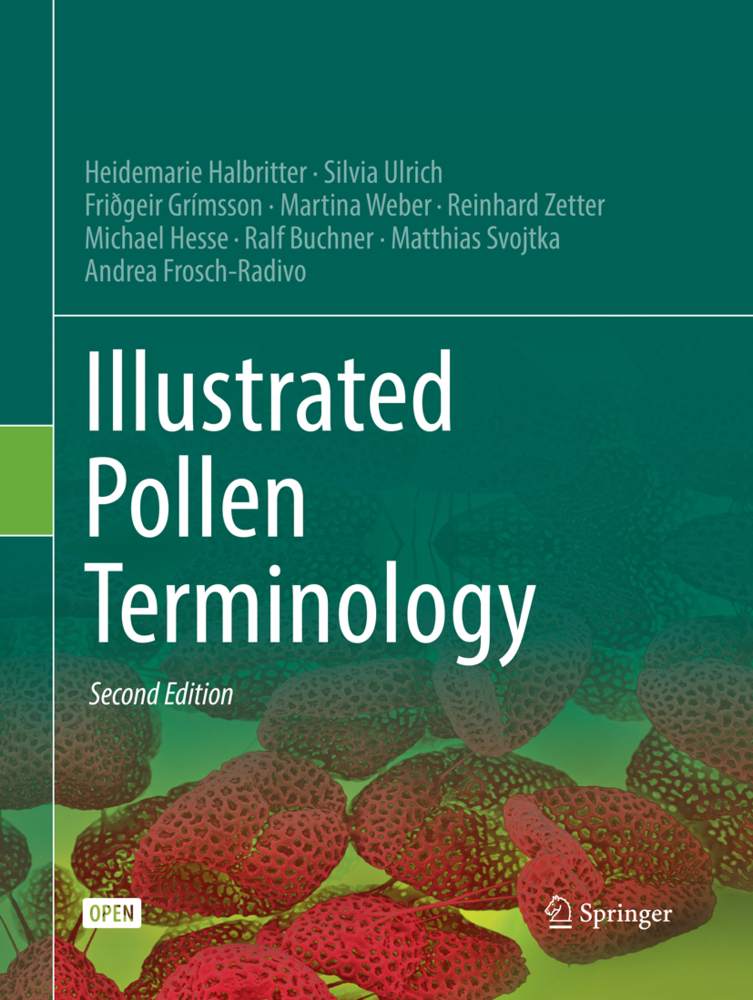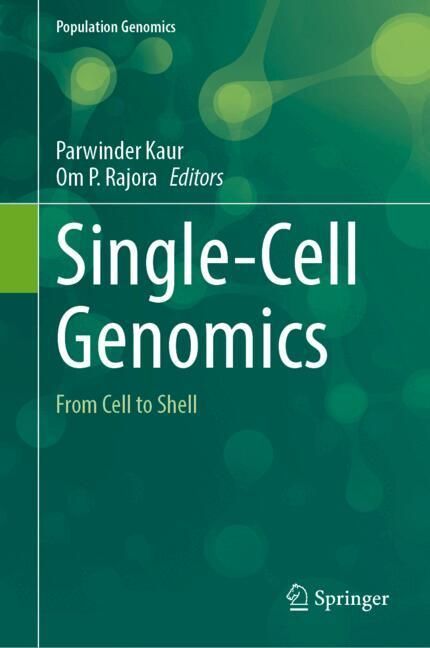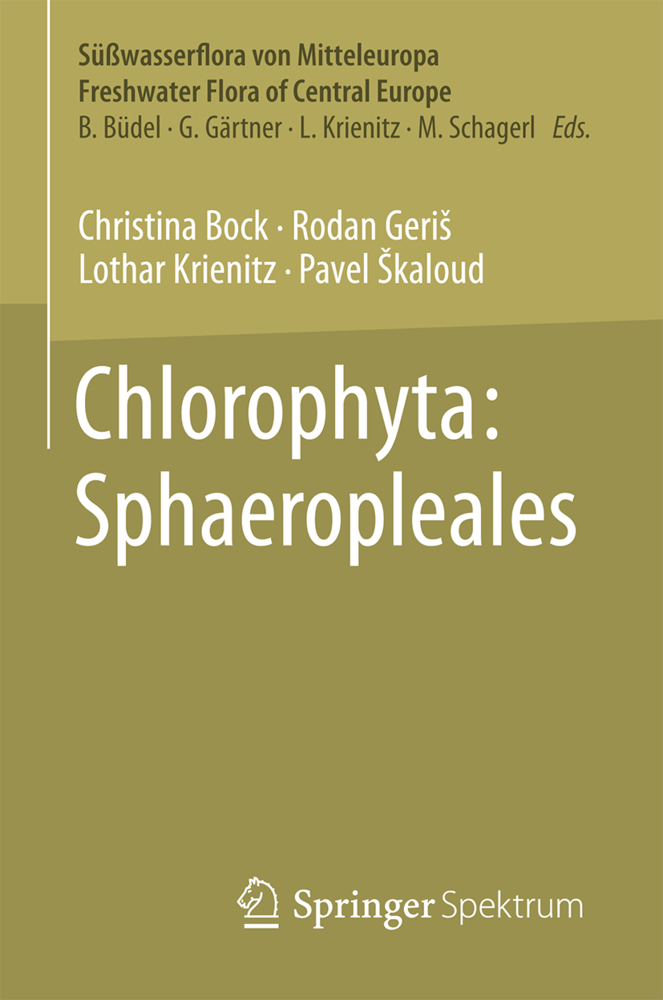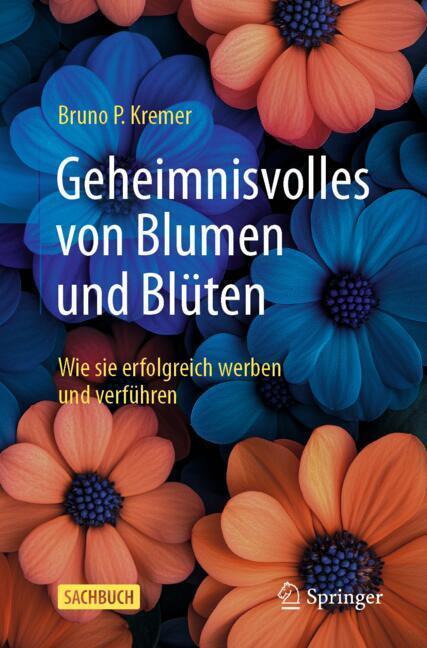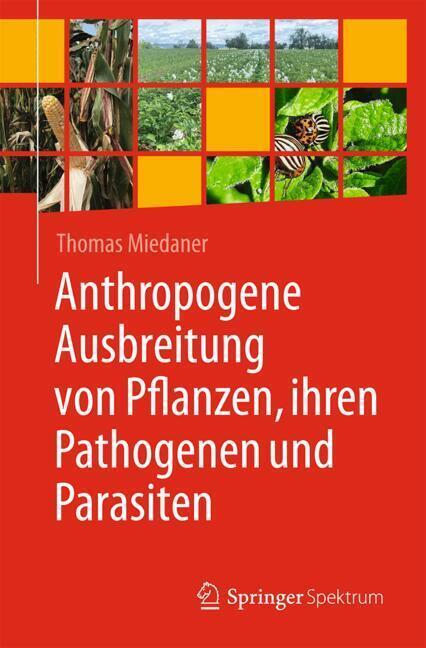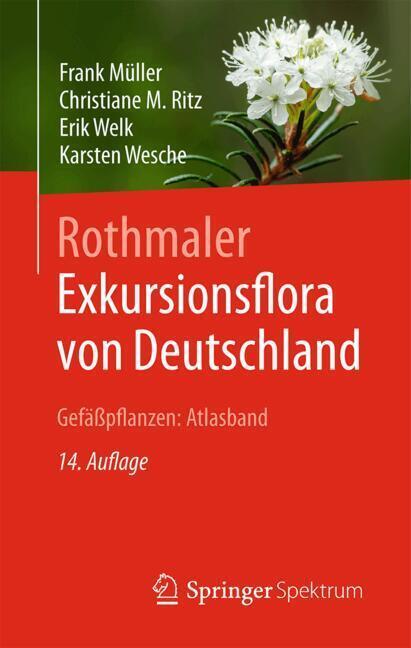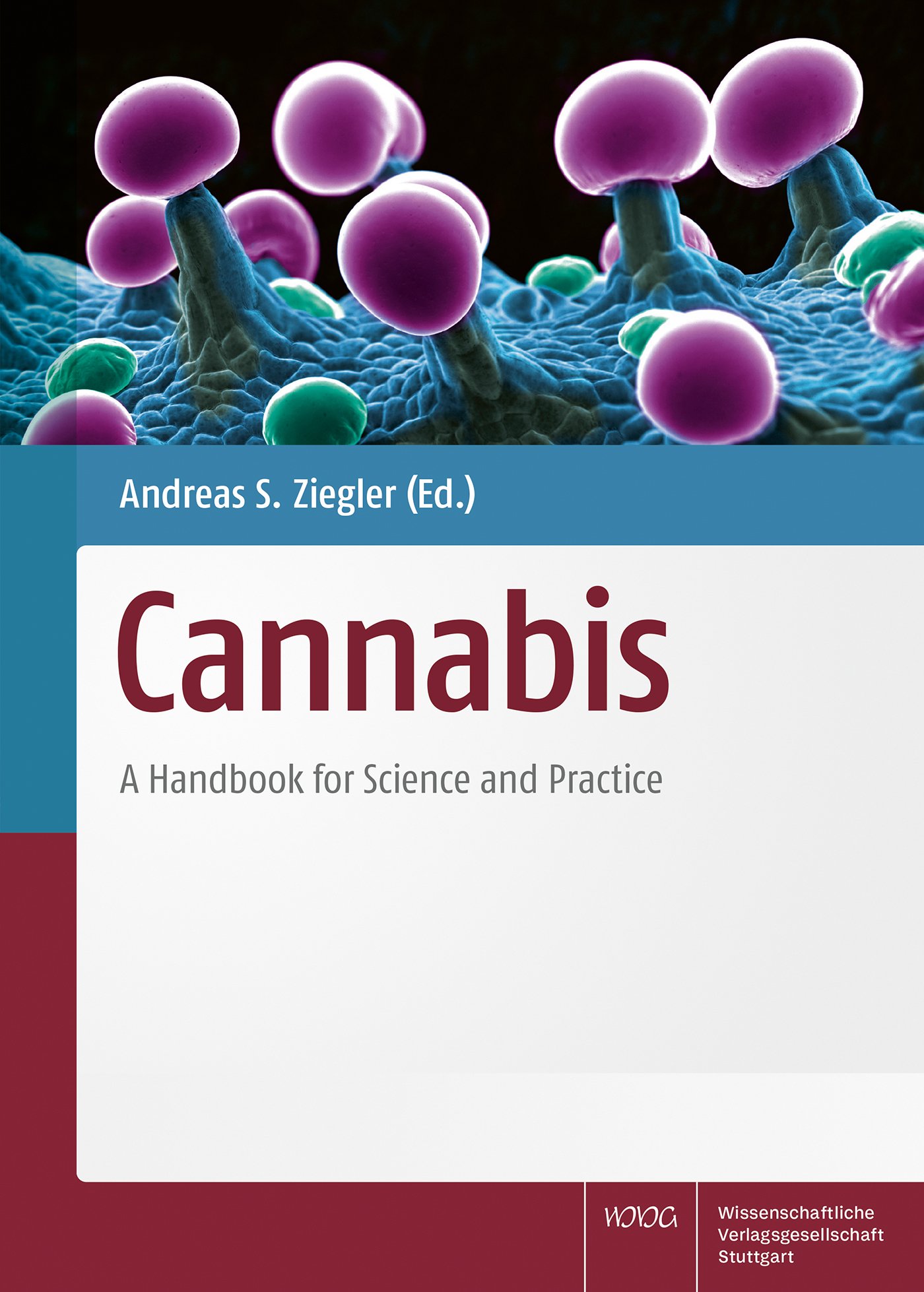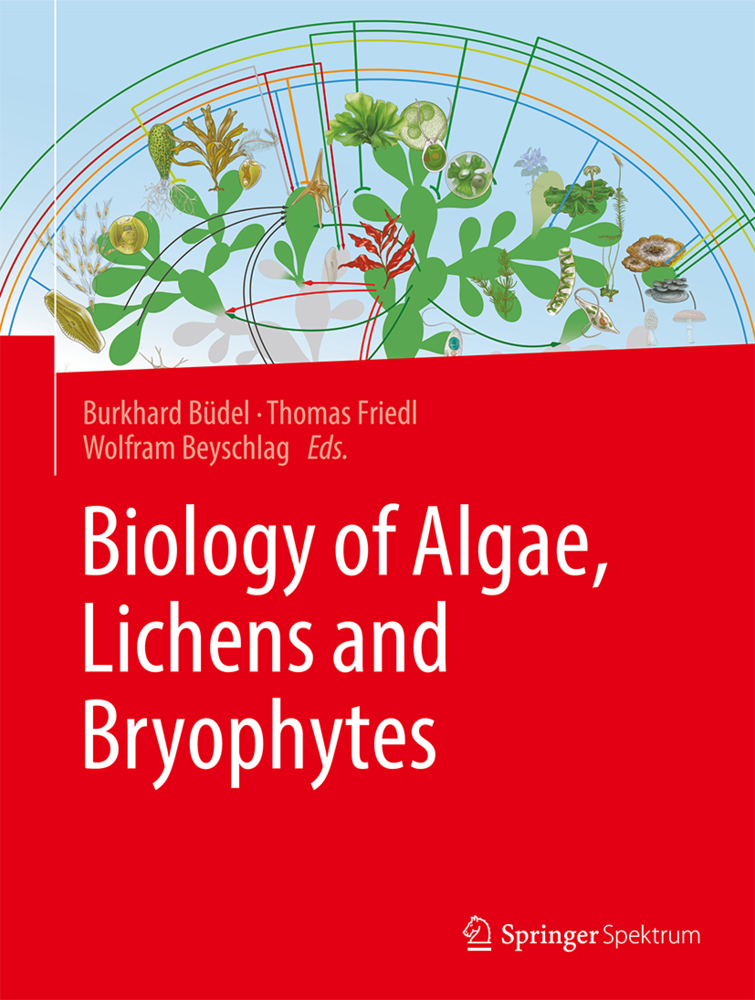Arctic Plants of Svalbard
What We Learn From the Green in the Treeless White World
The Arctic is a special world. The Arctic Ocean is covered by white sea ice, and its margins are surrounded by bare terrestrial regions, known as tundra. Tundra is a cold and dry environment without trees, but even in the absence of trees, tundra plants such as dwarf shrubs, grasses, herbs and moss support the harsh environment by providing sustenance and shelter. This book introduces representative arctic plants and their function in Svalbard, revealing the unique tundra ecosystem, and discussing the direct and indirect effects of climate change in the Arctic.
Yoo Kyung Lee is a polar scientist. She majored in botany and completed her Ph.D. at Seoul National University. She is currently investigating the ecological succession on the land exposed by the disappearance of glaciers disappear in Svalbard. Wanting to share the wonder of Arctic plants with a wider audience, she published 'Beautiful Arctic Tundra Plants' with colleagues, and 'Handbook of Svalbard Plants' with Arve Elvebakk. Yoo Kyung Lee is a Principal Research Scientist at the Korea Polar Research Institute. She is also a member of the Arctic Monitoring and Assessment Programme of Arctic Council and Sustaining Arctic Observing Networks
Yoo Kyung Lee is a polar scientist. She majored in botany and completed her Ph.D. at Seoul National University. She is currently investigating the ecological succession on the land exposed by the disappearance of glaciers disappear in Svalbard. Wanting to share the wonder of Arctic plants with a wider audience, she published 'Beautiful Arctic Tundra Plants' with colleagues, and 'Handbook of Svalbard Plants' with Arve Elvebakk. Yoo Kyung Lee is a Principal Research Scientist at the Korea Polar Research Institute. She is also a member of the Arctic Monitoring and Assessment Programme of Arctic Council and Sustaining Arctic Observing Networks
1;Preface;62;Acknowledgments;83;Prologue;103.1;Is the Color of the Arctic White?;104;Contents;125;Chapter 1: Arctic Tundra: Where There Are No Trees;145.1;Where Is the Arctic?;145.2;Why No Trees in the Arctic?;165.3;Bibliography;206;Chapter 2: Arctic Is Not One;216.1;The High Arctic and the Low Arctic;216.2;The Life Forms of the Arctic Plants;236.3;Five Bioclimatic Subzones of the Arctic;236.4;The Arctic Vegetation Map;326.5;Relationship Between Arctic Vegetation Units and Bioclimatic Subzones;346.6;Bibliography;377;Chapter 3: Arctic Plants in Different Tundras;397.1;The Persistent Plants in Polar Desert;407.2;Dry Heath Tundra;417.3;Mesic Tundra and Moist Tussock Tundra;457.4;Wet Sedge Tundra;477.5;Shrubs Near Tree Line;487.6;Bibliography;508;Chapter 4: Arctic Plants in Svalbard;518.1;Svalbard, Cold Shore;518.2;Plants Without Flowers;538.3;Pioneers: Purple Saxifrage;608.4;Taking Care of Babies: Alpine Bistort;648.5;Gender Issue: Willows;678.6;The Glory of the Past: Mountain Avens;708.7;The Facilitator or Nursing Plant: Moss Campion;738.8;Live Together with Tiny Guests: Mountain Sorrel;768.9;Overcome Stress: Whitlow-Grasses;788.10;Immigration: Buttercups;818.11;Making Flowers: Polar Campion;838.12;Overcoming Drought: Arctic Mouse-Ear;878.13;Bibliography;909;Chapter 5: The Past Shows the Future;969.1;Past: After the Ice Age;969.2;Future: Climate Change and the Arctic Plants;989.3;Bibliography;10010;List of Svalbard Vascular Plants;10210.1;Bibliography;11011;Common Name - Scientific Name Index;11212;Scientific Name - Common Name Index;115
Lee, Yoo Kyung
| ISBN | 9783030345600 |
|---|---|
| Article number | 9783030345600 |
| Media type | eBook - PDF |
| Copyright year | 2020 |
| Publisher | Springer-Verlag |
| Length | 117 pages |
| Language | English |
| Copy protection | Digital watermarking |

